Home Gardening | Gardeners are busy Beginner gardeners, start by understanding the cultivation medium
Introduction to basic cultivation media
Gardening is more than just playing with mud. The first step to say goodbye to beginners is to start by understanding the most basic cultivation medium and learn the most practical
Gardening knowledge~.
Most plants cannot grow without cultivation media. Qualified cultivation media plays a very important role in the root system and growth of plants.
Soil: Soil can be found everywhere in life, and many people like to use it locally. Soil is mainly composed of air, water, organic matter and minerals. Good soil is generally loose and breathable loam rich in organic matter, while heavy and water-retaining clay is not suitable for planting most plants. Many families like to use local materials to grow flowers, and directly dig the yellow mud at the doorstep or community. In this case, they should pay attention to disinfection and appropriate improvement when planting to increase air permeability.
Peat: It is also commonly known as Northeastern peat. It has a lot of mixed ingredients, including many plant remains and weeds that have not been completely decomposed. It is relatively loose in texture, so it can also be used to improve the soil. However, Northeastern peat has strong water retention properties, so it is usually used to grow grass and flowers. In addition, peat and coconut bricks are substitutes for peat to some extent, but because the quality of peat and coconut bricks is not stable enough, they should be avoided as much as possible for plants with weak growth and underdeveloped root systems.
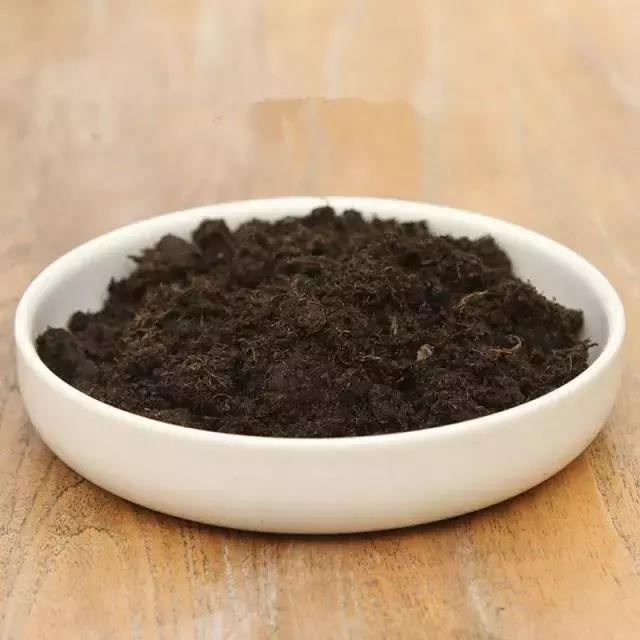
Northeast peat, commonly known as grass, is rich in organic matter and many impurities that have not been completely decomposed.
Peat: Compared with soil and northeastern peat, imported peat is a suitable cultivation medium for most plants. It has the characteristics of water and fertilizer retention, sterility and non-toxicity. At the same time, due to its good looseness and air permeability, it is very suitable for the root development of plants. German Witte, Dahan, Pinshi and Fafade peat are several brands that are currently widely used. Different models and different particle sizes of peat are suitable for planting different plants, so you should pay attention when purchasing.

Fine-grained peat is generally used for sowing (pictured: sowing of sweet peas)
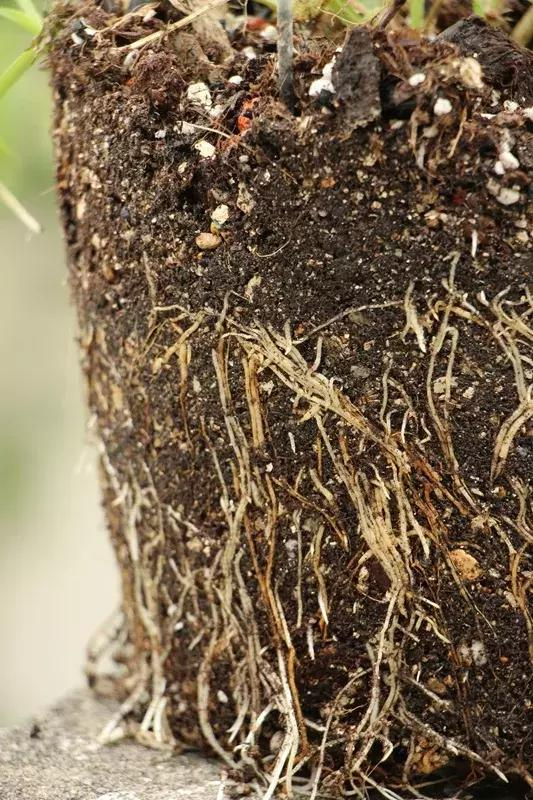
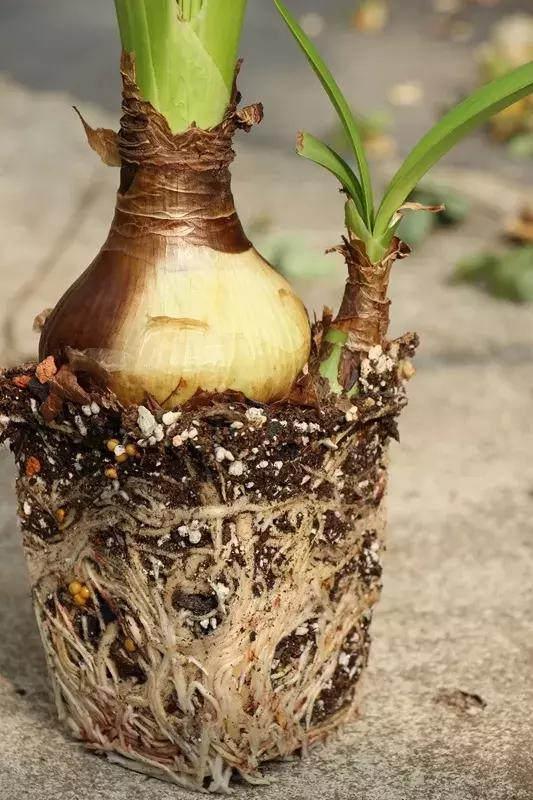
Peat with medium particle size is basically suitable for growing most plants, and loose peat with good air permeability is conducive to the growth of plant roots.
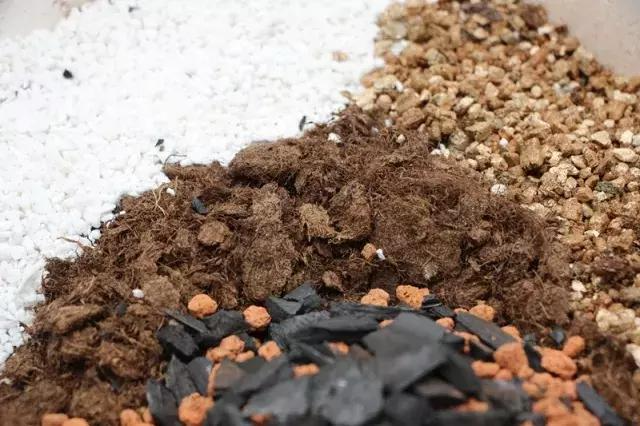
Coarse-grained peat has a higher porosity and is generally suitable for fast-growing plants such as roses, clematis, crinum, as well as large bulbs and fleshy roots.
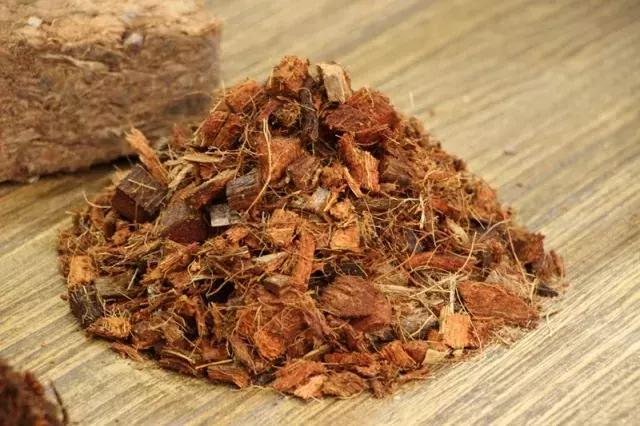
Coconut peat: Coconut peat is a natural organic cultivation medium made from coconut shells. Since coconut peat is a renewable resource, it was once considered a substitute for peat. However, the quality of coconut peat sold on the market varies, even the quality of coconut peat from the same batch is different, which is determined by the production method and the coconut shell itself. Coconut shells contain natural salts and must be washed and desalinated before they can be planted. Since they do not contain fertilizer, perennial grasses and flowers are not suitable for planting with pure coconut peat. Since coconut peat is relatively loose and breathable, it is suitable for mixing in gardens with heavy soil as a soil conditioner, which is good for the growth of plant roots.
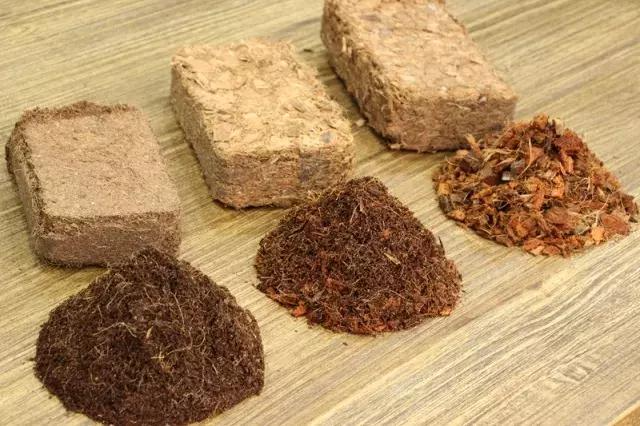
Imported coconut peat of different brands and particle sizes.
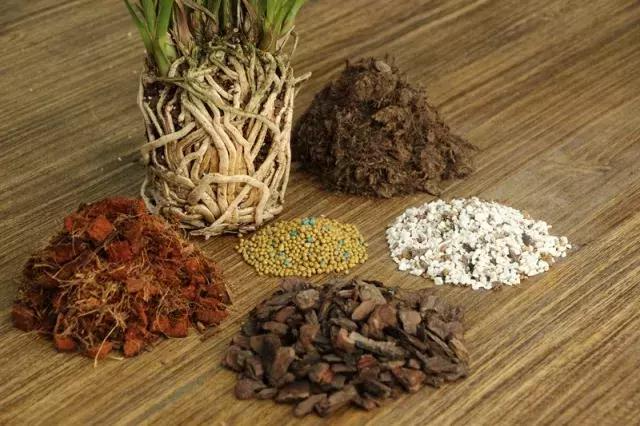
Three parts of coarse coconut coir, three parts of peat, two parts each of pine scales and perlite, add a small amount of slow-release granular fertilizer, and mix them together to plant orchids, which is very beneficial to the growth of their root system.
Introduction of auxiliary cultivation medium
At present, for most plants, soil, peat, peat and coconut bricks are the main cultivation media. In addition to perlite, Kanuma soil and Akadama soil, auxiliary cultivation media also include similar Kiryu sand, plant stone, Hyuga soil, diatomaceous earth, volcanic stone, etc. The functions of this type of granular medium are similar, and they can all be used to improve and adjust the air permeability and drainage of the soil. If the flower pots (containers) used for potted plants are made of very airtight materials and the drainage holes at the bottom of the pots are also very small, mixing more coarse particles in the cultivation medium can effectively prevent root rot caused by improper watering or the rainy season.
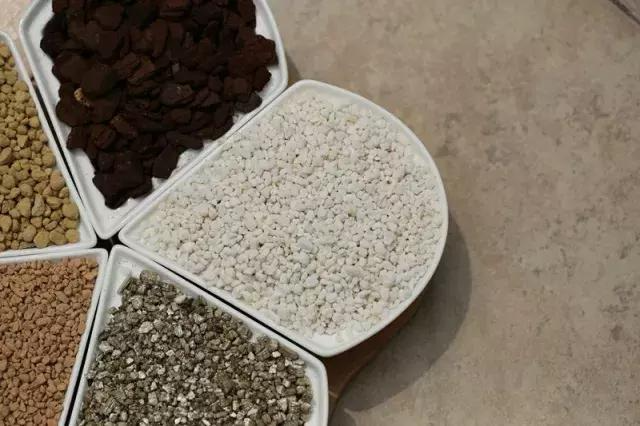
Perlite: Horticultural perlite is one of the most commonly used materials and is often used to improve soil. Perlite is light, porous, and loose, which can greatly improve the air permeability and water permeability of the cultivation medium, and is beneficial to the breathing of the plant roots. The perlite currently sold on the market has different particle sizes. Small seedlings can use fine-grained perlite, while large potted plants and soil improvement should try to use coarse particles, which have a very good effect on plant growth. (Perlite is very cheap and has a wide range of applications. If you want to improve the soil, you can afford perlite even if you can't afford peat.)
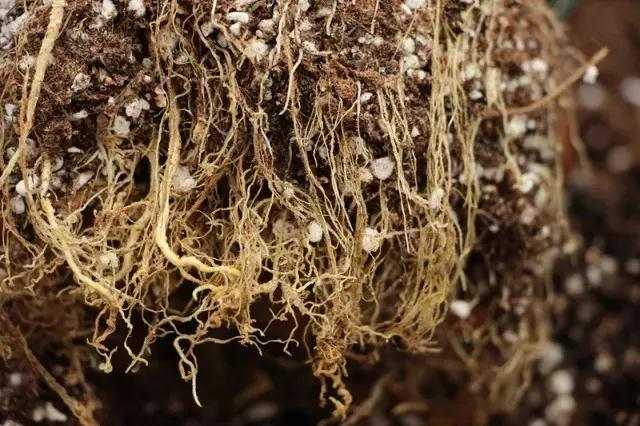
Perlite increases the air permeability of the cultivation medium, which is beneficial to the growth of plant roots.
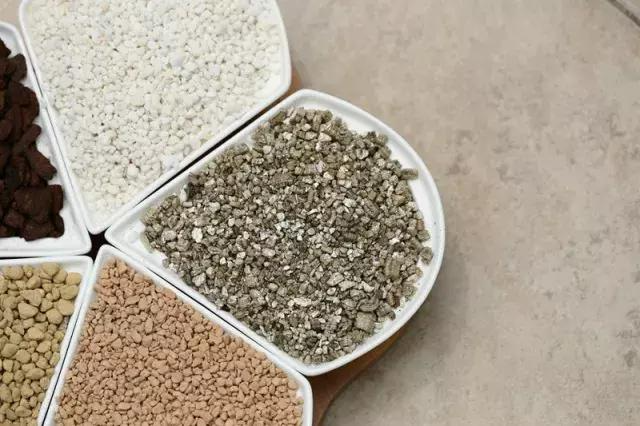
Vermiculite: This is a material often used by flower lovers for plant cuttings. Fine-grained vermiculite is known as the "rooting artifact" for plant cuttings. It is a mineral with a layered structure, so it has a good water storage capacity. If the cultivation medium is mixed with granular soils such as Akadama soil and Kiryu sand with good water retention capacity, vermiculite can be omitted. However, if only granular materials such as perlite that are only air permeable but not sufficiently water-retaining are added, it is still necessary to add a small amount of vermiculite, especially when using highly air-permeable red pottery pots for planting. It should be said here that air permeability and water retention are not contradictory, especially for some fleshy roots and bulbous plants that like moisture but cannot tolerate waterlogging.
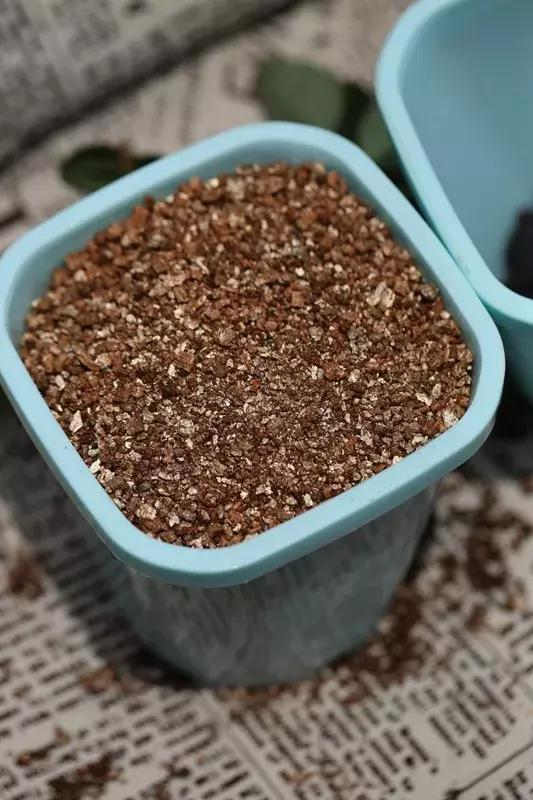
Plant cuttings: Leave about 5-8 cm of cuttings, one or two sections are fine. Water the vermiculite thoroughly, compact it, and insert the branch into the vermiculite with 1-2 cm of the top. Water and ventilate, and avoid direct sunlight. Huangmei naturally roots quickly.
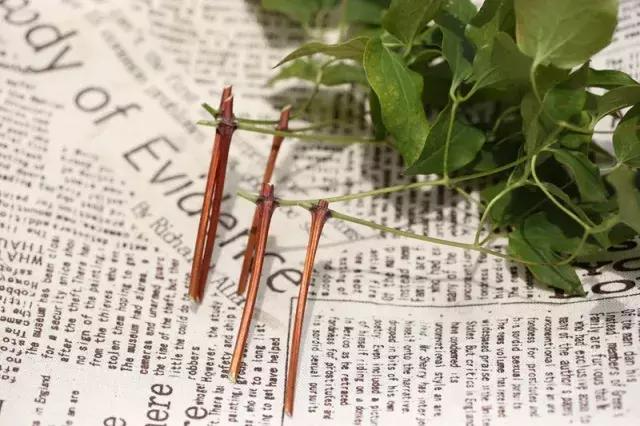

A picture of the rose root system one month after cutting. Vermiculite cuttings are suitable for most plants, especially roses, clematis, and hydrangeas. (Photo: Mimi)
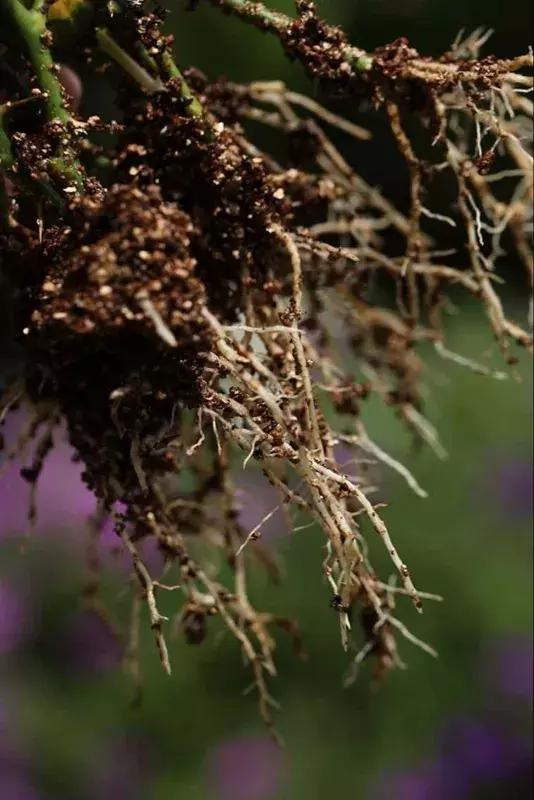
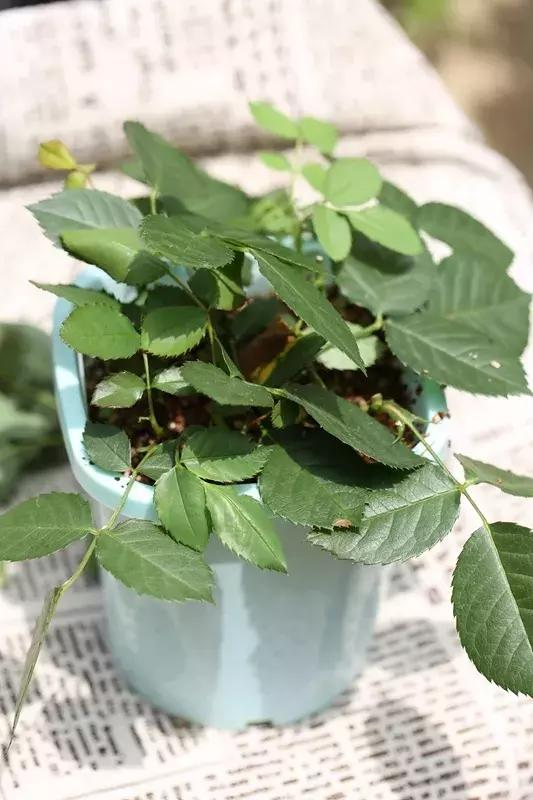
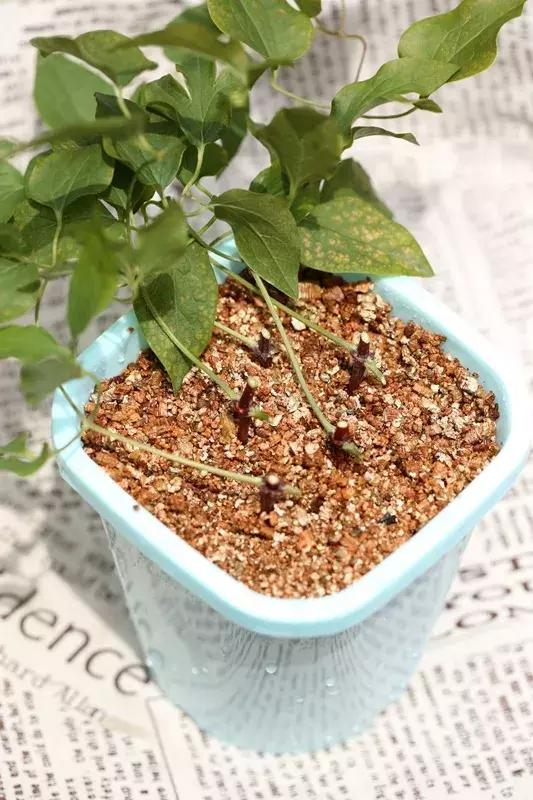
Kanuma soil: It is an essential medium for flower lovers to grow succulents and the currently popular snow mow grass, rock whisker and other plants. It is generated from the lower volcanic soil, is acidic, has good permeability and water storage capacity. It is also often used as a cultivation auxiliary material and mixed with peat and other media. Because it does not contain much fertilizer, it is suitable for plants that require less fertilizer. If it is used alone to plant roses, Aquilegia, and other plants with large flowering and high nutrient requirements, attention should be paid to fertilization and other matters.
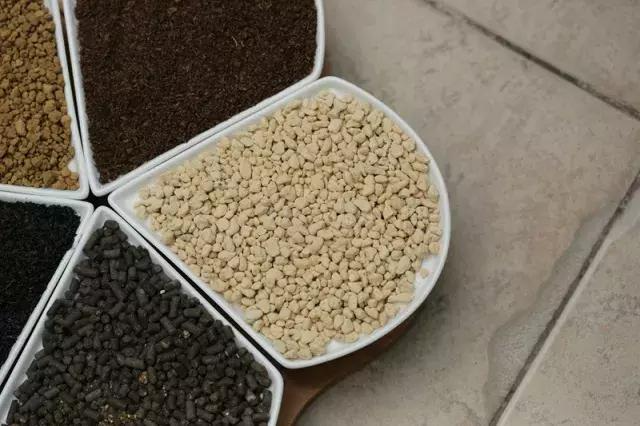
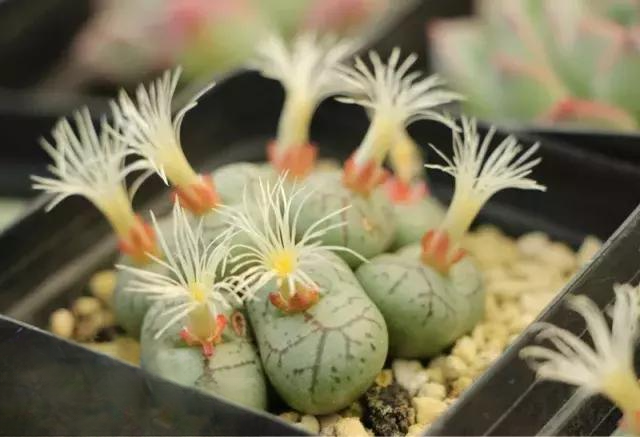
Kanuma soil is also a very good paving material for potted succulents.
Akadama soil: Similar to Kanuma soil, there is Akadama soil, which is a granular soil that has been screened from the clay layer and is slightly acidic. The characteristics of Akadama soil are that it does not contain fertilizer, but has excellent air permeability, drainage, and water and fertilizer retention. It is usually more appropriate to use medium and small particles in flower pots, while large particles are generally used as a drainage layer at the bottom of the pot. Because of its pure texture and the absence of pathogens, it is one of the most common and indispensable basic soils for potted plants in Japan. Pure Akadama soil is very suitable for cuttings of plants such as roses, or mixed with vermiculite in a ratio of 1:3 for cuttings, and the rooting rate is very high.
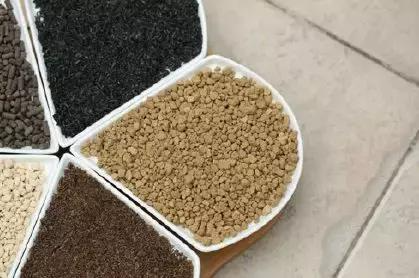
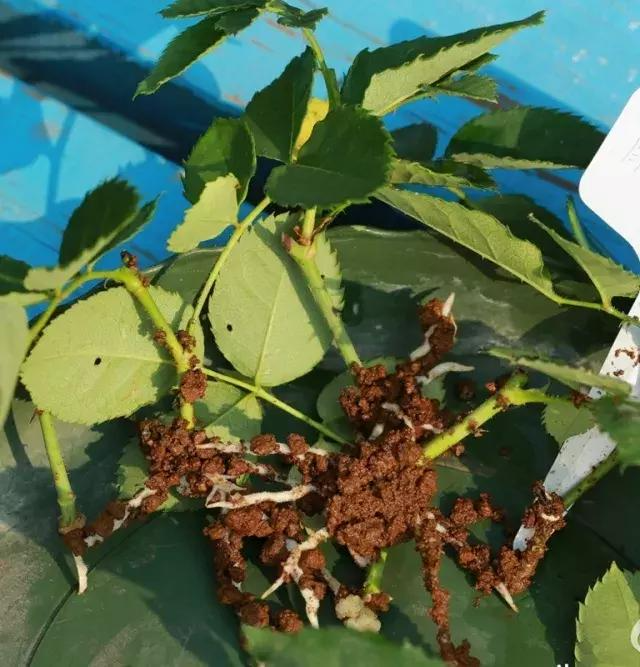
Pure Akadama soil cuttings. Generally, two sections are left on the branches, one section has leaves cut off and buried in vermiculite, and one section has leaves on one side. This cutting method can also be used in summer, but be careful to keep it moist and not dry.
Pine scales: Pine scales are processed pine bark and are good paving materials. When planting roses and orchids, they are often used as materials to increase the looseness and air permeability of the medium. In addition, regarding the question of whether to add pine scales to the medium of clematis, in addition to long-petal iron, pine scales can be appropriately added to the medium in the north, because there is no long-term high temperature and humid rainy season, and the incidence of white rot of clematis is lower than that in the south. Adding pine scales is originally conducive to drainage, and it is very useful for the root system of clematis in the early stage. However, over time, high temperature and humidity cause pine scales to rot and ferment, and the incompletely decomposed organic matter becomes a hotbed for bacteria, which can easily induce white rot. Therefore, clematis and other Ranunculaceae plants should not be used. In addition, the quality of pine scales sold on the market is too unstable, so try to avoid using them in the hot and humid southern region. In the south, bamboo charcoal particles can be used instead of pine scales, which has a very good effect. (Pine scales are more commonly used in growing orchids, and pure pine scales can be used to grow dendrobiums and cattleyas. Adding pine scales to the medium for growing roses can help with drainage and ventilation. Many gardens in Japan like to cover the surface of the land with a thick layer of pine scales, which is not only beautiful but also effectively prevents weed growth.)
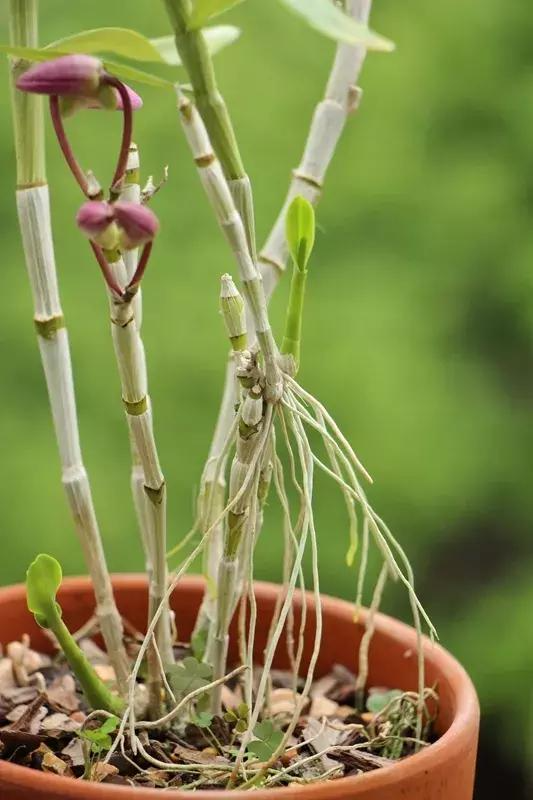

Pine scales are one of the commonly used substrates for growing tropical orchids and roses, and are very useful for enhancing drainage.
Bamboo charcoal: It is the product of high-temperature treatment of bamboo. I personally think that bamboo charcoal is a very cost-effective material. It is easy to use, widely applicable and inexpensive. Bamboo charcoal itself is porous and has strong adsorption capacity. It can improve the physical and chemical properties of the soil, increase porosity and water holding permeability. Usually large particles of bamboo charcoal are used at the bottom of the pot as a drainage layer, and finer particles are mixed with other media. When planting clematis, Aquilegia, Amaryllis, and other plants that like moisture but are afraid of waterlogging in the relatively humid south, bamboo charcoal particles can be used appropriately, which can not only promote drainage and ventilation, but also effectively prevent root rot.
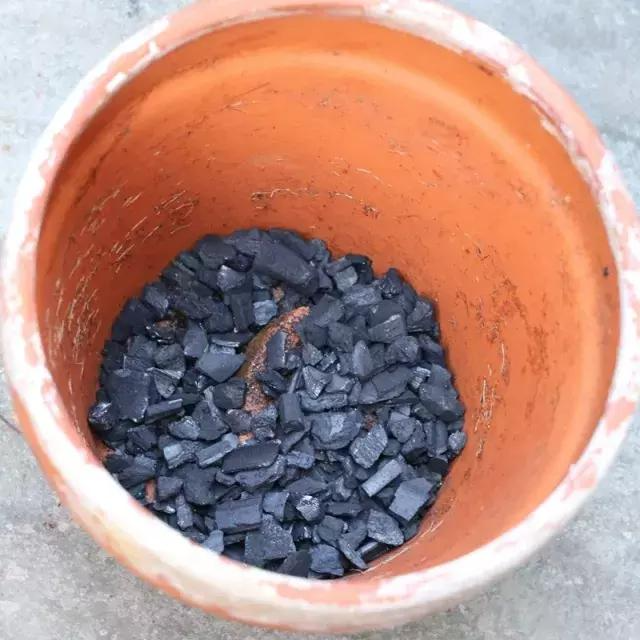
Large-grained bamboo charcoal is suitable for laying at the bottom of the pot as a drainage layer.
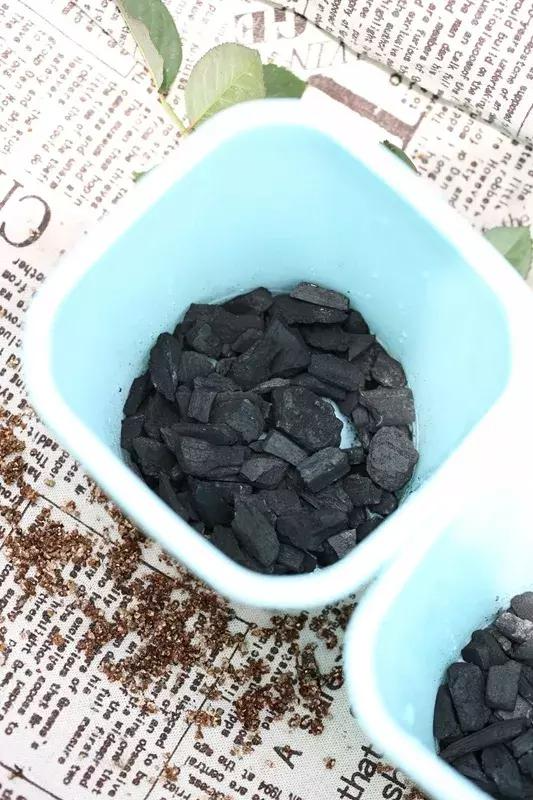
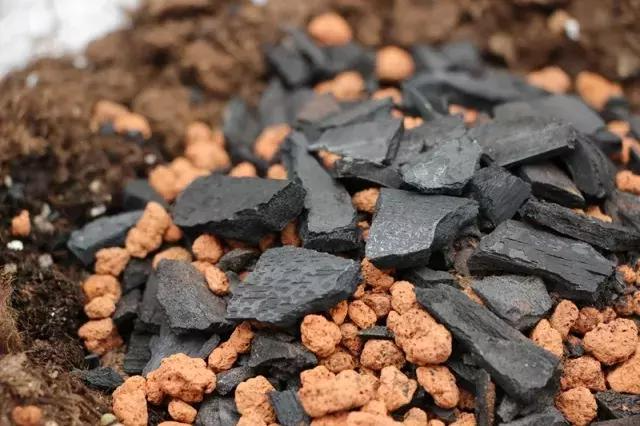
Bamboo charcoal is also very suitable for mixing with other media and is a good material for improving soil permeability.
The above are the main cultivation media used for common plants, but in fact there are far more than these types of cultivation media.
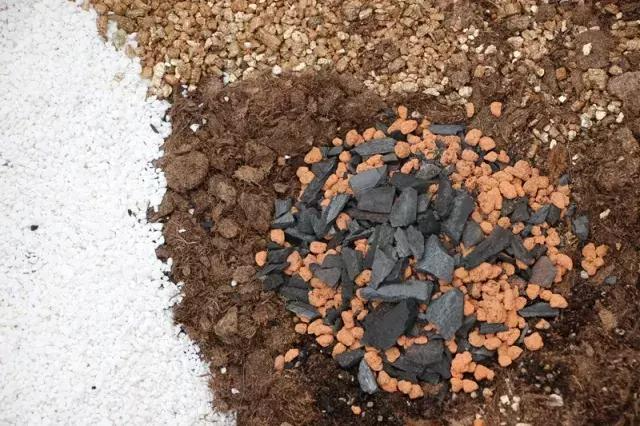
Common media such as peat, perlite, coarse-grained vermiculite, bamboo charcoal and volcanic rock are mixed to form a very breathable and water-permeable growing medium.
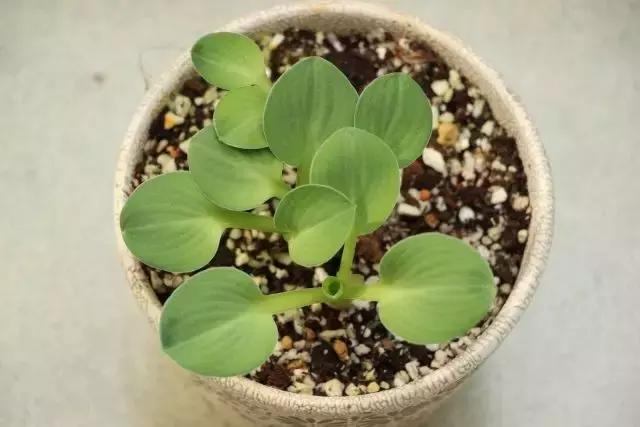
Hosta 'Japanese Mouse Ear' prefers a moist environment but is afraid of stagnant water, so adding particles is good for the root growth of the plant.
The climate environment in each region is different, and the mixing ratio of various media should be adjusted accordingly according to the actual regional climate. The general principle is to ensure that the cultivation medium is loose and breathable. Only when the root system of your plant grows well can it flourish and grow healthily.
Reposted from Huaye